Water is life’s most essential fuel, yet most of us don’t think much about how we measure it. You’ve probably asked yourself at some point, “How many bottles of water is a gallon?” It’s a practical question that pops up whether you’re planning hydration goals, stocking up for emergencies, or simply trying to understand how much you drink in a day. Knowing this conversion makes managing water intake easier and helps you plan better for fitness, wellness, or storage.
This guide takes you through everything you need to know about gallons, bottles, and why this simple conversion is more important than you might think. From basic definitions to real-world applications, we’ll cover it all in detail.
What Exactly Is a Gallon of Water?
Before you can understand how many bottles equal a gallon, you need to know what a gallon actually measures.
- In the United States, a gallon consists of 128 fluid ounces, which is approximately equal to 3.785 liters.
- In the United Kingdom and several Commonwealth nations, a gallon contains 160 fluid ounces, which is about 4.546 liters.
For most people in the U.S., when they say “a gallon of water,” they mean the American gallon. That’s the standard used on water bottles, health guidelines, and hydration charts.
Here’s a quick reference table for clarity:
| Unit | Equivalent |
| 1 U.S. Gallon | 128 ounces |
| 1 U.S. Gallon | 3.785 liters |
| 1 U.S. Gallon | 4 quarts |
| 1 U.S. Gallon | 8 pints |
This shows how versatile the measurement is, but for our purposes, ounces and liters matter most because bottled water is labeled that way.
How Many Bottles of Water Equal a Gallon?
Now, let’s focus on the main issue. The answer depends on the size of the bottle you’re drinking from.The calculation is simple: take the total ounces in a gallon and divide it by your bottle’s capacity.
Standard 16.9 Ounce Bottle (500ml)
This is the most common bottled water size you’ll find in supermarkets and convenience stores. Each bottle contains 16.9 ounces of water.
- Calculation: 128 ÷ 16.9 ≈ 7.57
- That equals about 8 standard bottles per gallon.
This is why fitness challenges that encourage drinking “a gallon a day” often translate it into “8 bottles of water.”
Other Common Bottle Sizes
Not every bottle is the same size, so let’s break it down further.
- 8 oz bottle → 16 bottles per gallon
- 12 oz bottle → 10.6 bottles per gallon
- 20 oz bottle → 6.4 bottles per gallon
- 1 liter (33.8 oz) bottle → 3.8 bottles per gallon
Here’s a table for easy reference:
| Bottle Size | Bottles in 1 Gallon |
| 8 oz | 16 bottles |
| 12 oz | 10.6 bottles |
| 16.9 oz | 7.6 bottles (~8) |
| 20 oz | 6.4 bottles |
| 1 liter (33.8 oz) | 3.8 bottles |
This chart makes it simple to calculate no matter what size of bottle you have in your hand.
Why Does Bottle-to-Gallon Conversion Matter?
It might seem like trivia at first, but knowing how to convert bottles to gallons has practical value in daily life. Let’s look at real-world scenarios where this knowledge helps.
Daily Water Intake and Hydration Goals
Health experts often recommend drinking at least 64 ounces (half a gallon) a day, while others suggest going up to a full gallon for active individuals. If you’re drinking from 16.9 oz bottles, half a gallon equals just under four bottles. A full gallon equals eight.
Case Study – Fitness Enthusiasts
Many athletes take on the “gallon a day” challenge. By knowing that eight bottles equal a gallon, they can easily track progress without needing to measure or guess. This also makes it easier to space out water intake throughout the day.
Fitness and Meal Prep
Bodybuilders, runners, and those on strict diets often monitor water intake closely. For instance, someone preparing for a marathon may calculate hydration by gallons but carry bottles during training. Knowing how bottles translate to gallons ensures accurate tracking without over- or under-hydrating.
Emergency Preparedness and Storage
In emergencies like hurricanes, floods, or power outages, the Federal Emergency Management Agency (FEMA) recommends storing one gallon of water per person per day for at least three days. If you’re stocking up with bottled water, knowing how many bottles equal a gallon helps you estimate exactly how much to buy.
For example:
- A family of four consumes 12 gallons of water over the course of three days.
- That equals about 96 standard 16.9 oz bottles.
Frequently Asked Questions
Is Drinking a Gallon of Water a Day Too Much?
For the majority of healthy adults, consuming a gallon of water each day is considered safe. However, overhydration (called hyponatremia) can be harmful if you consume water faster than your kidneys can process. Pay attention to what your body is telling you, and seek advice from a doctor if you are worried about your health.
How Many 500ml Bottles Make a Gallon?
Since 500ml equals 16.9 ounces, the calculation shows about 8 bottles equal a U.S. gallon.
How Many Gallons Are in a Case of Bottled Water?
A usual case is made up of 24 bottles, and each bottle has a capacity of 16.9 ounces.
- 24 × 16.9 = 405.6 ounces.
- Divide by 128 = about 3.17 gallons per case.
Do All Countries Use the Same Gallon?
No. The U.S. uses the smaller 128-ounce gallon, while the UK gallon is larger at 160 ounces. In order to create a full gallon in the UK, you would need nearly 9.5 bottles each bottle holds 16.9 ounces of water..
Quick Conversion Reference
Here’s a visual to help you convert bottles to gallons quickly without complicated math:
1 Gallon = 128 oz
8 bottles, each containing 16.9 ounces
– 20 oz bottle → 6 bottles + a bit more
– 1 liter bottle → nearly 4 bottles
Think of it like a pie: each bottle represents a slice, and together they make up the gallon.
Final Thoughts on How Many Bottles of Water Equal a Gallon
If you’re wondering, “how many 16.9-ounce water bottles make a gallon?”, the answer is quite straightforward: it’s about 8 regular bottles. But the importance goes far beyond numbers. Knowing this helps you:
- Track hydration goals with ease.
- Plan water needs for exercise, travel, or storage.
- Estimate emergency supplies accurately.
Whether you’re carrying a case of bottled water to the gym, prepping for a road trip, or stocking up your pantry, these conversions give you a clear picture of how much water you really have. It’s one of those small but powerful bits of knowledge that makes daily life more manageable.
So next time you grab a bottle, you’ll know exactly how it stacks up against a gallon—keeping you hydrated, healthy, and prepared.
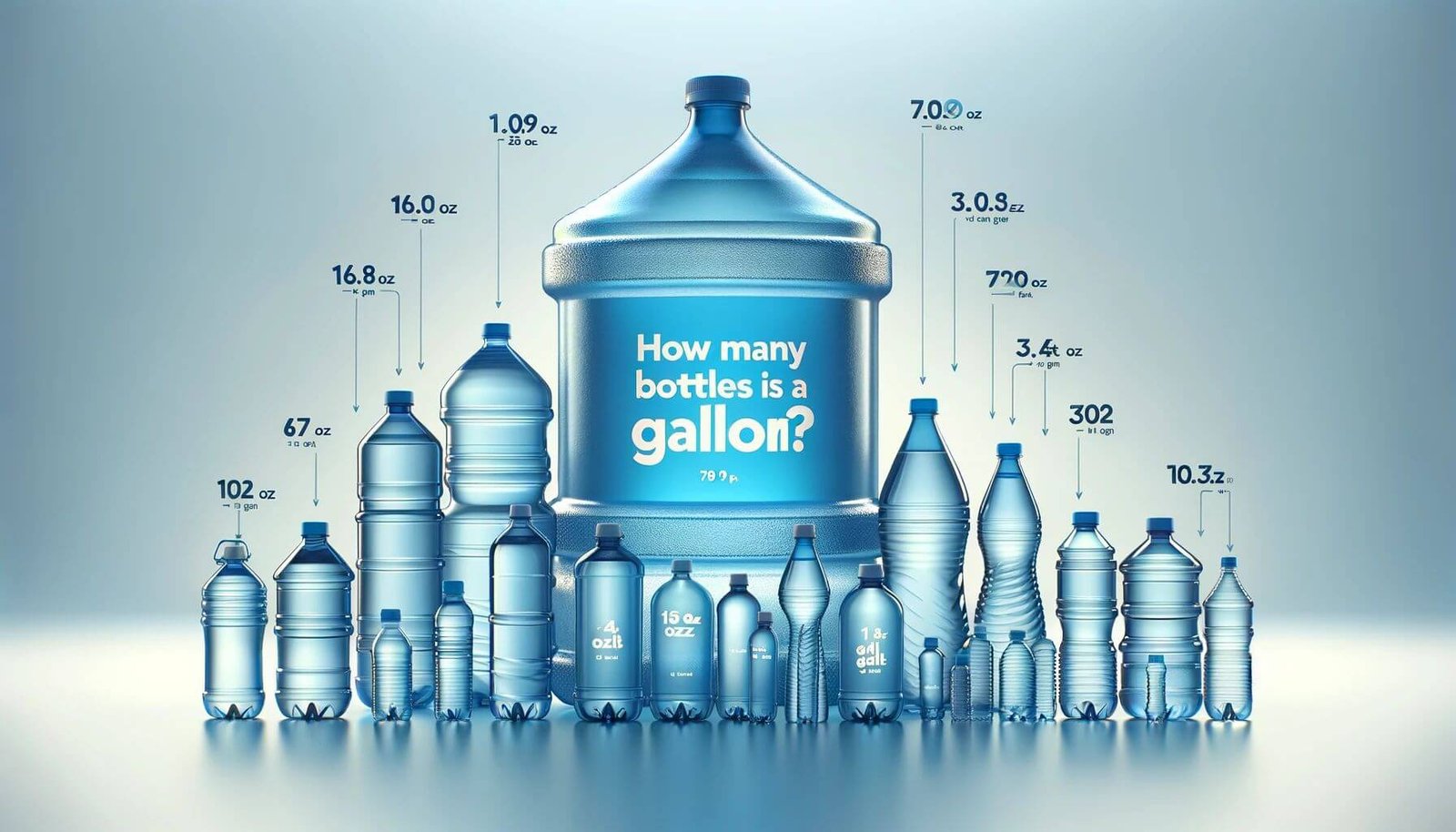
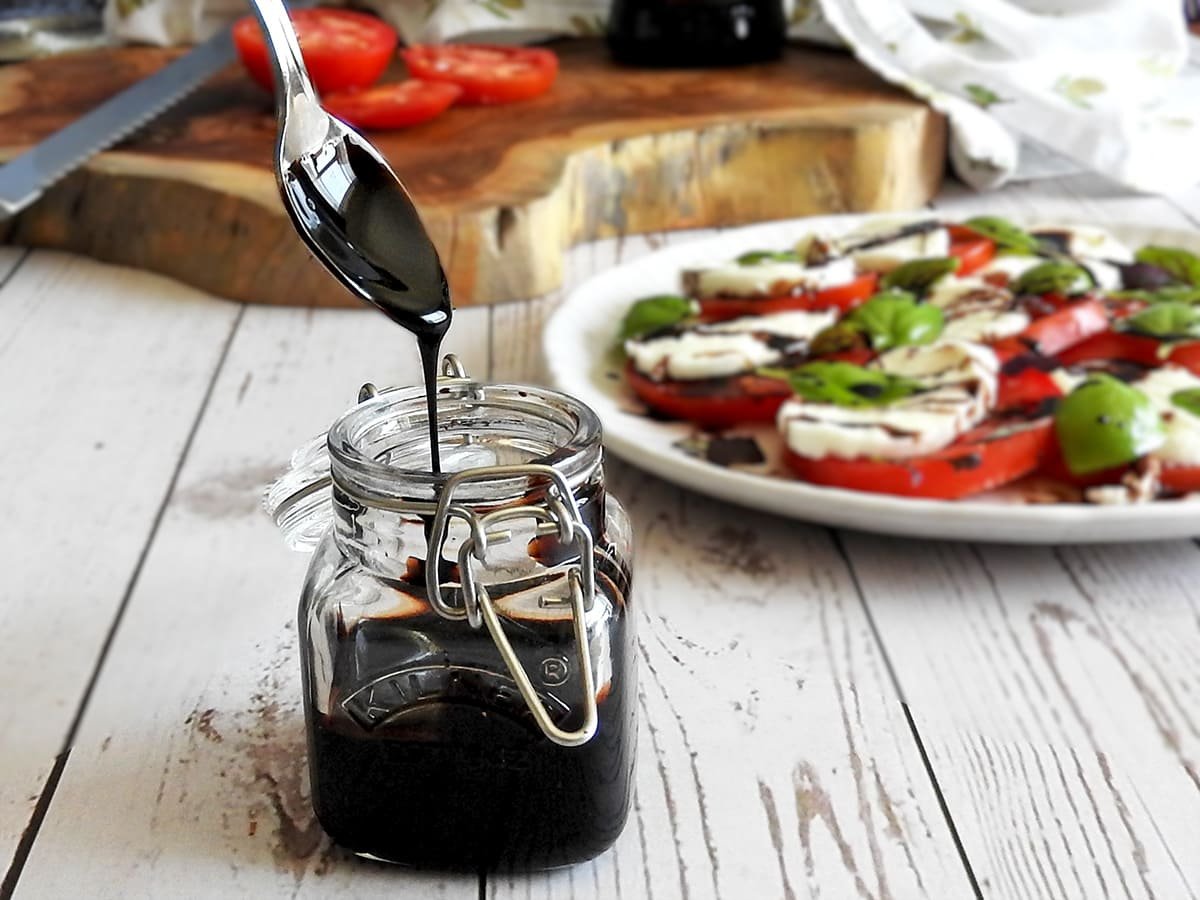
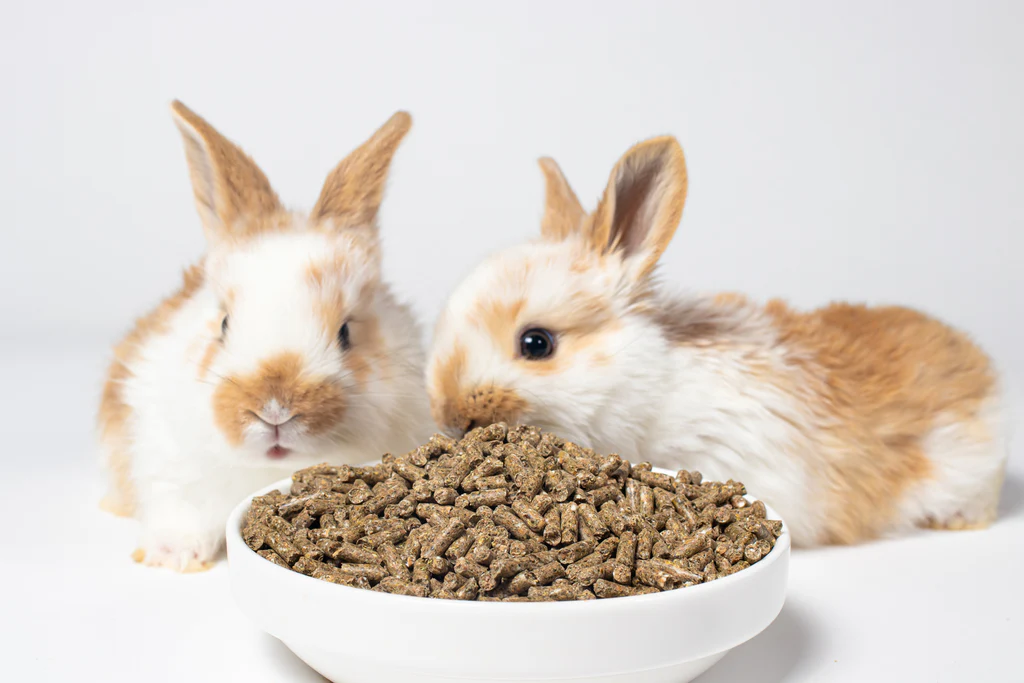
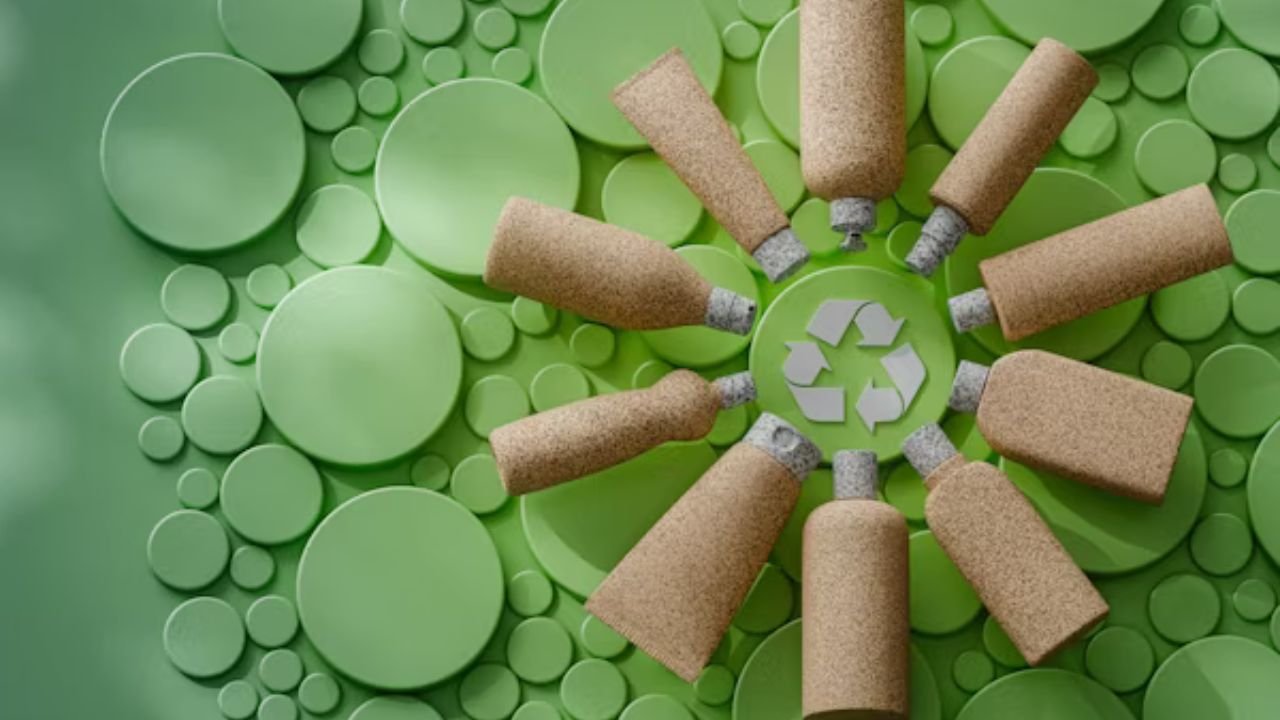
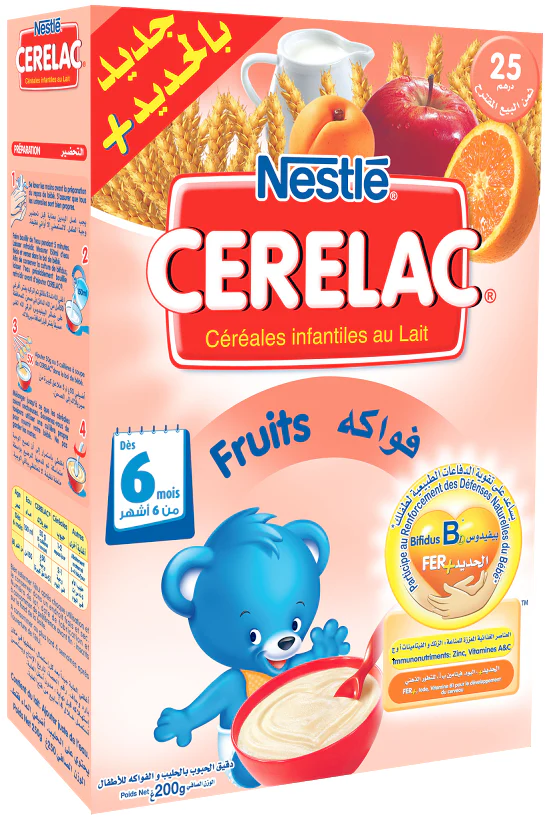
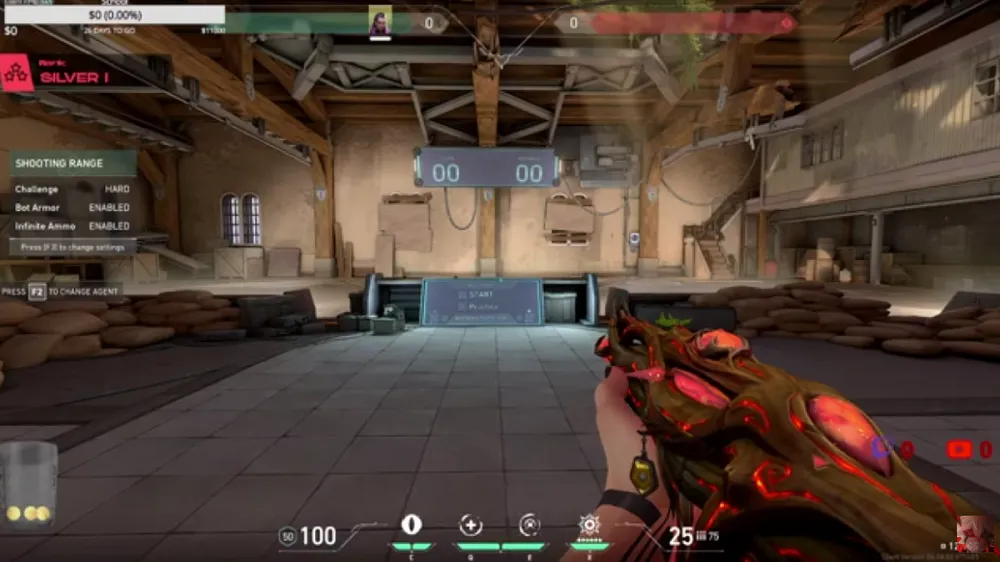


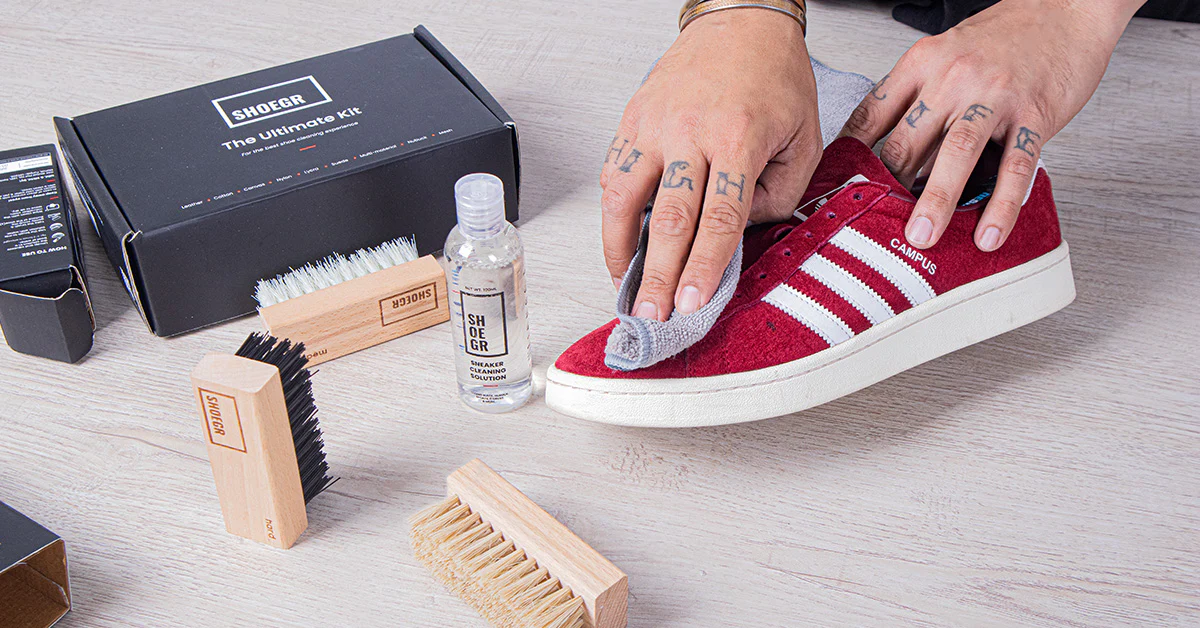
Leave a Reply